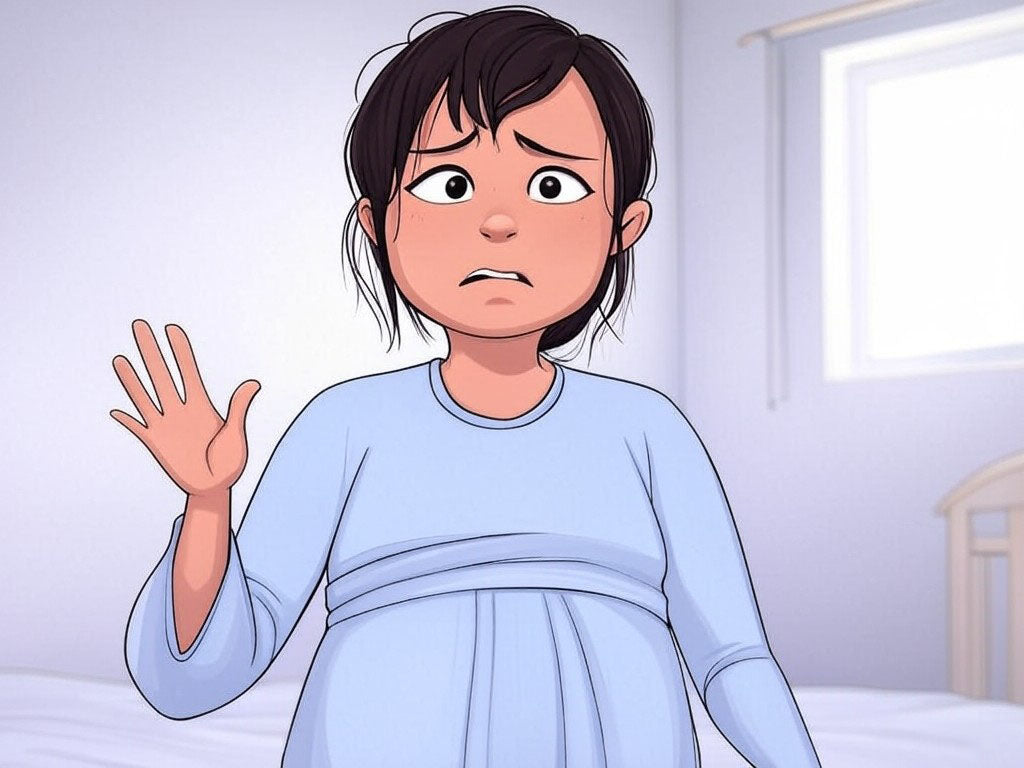
The Crappy Truth: Caring for Hemorrhoids Postpartum
Welcoming a new baby into your life is a joy, but the postpartum period can bring its own set of challenges, including dealing with hemorrhoids. Hemorrhoids, or piles, occur when veins around the anus or in the lower rectum swell and become inflamed. This condition can be exacerbated by the pressures of childbirth, but the good news is there are several ways to manage and treat them. Here's how you can care for hemorrhoids after birth:
Understanding Hemorrhoids After Birth
First, it's important to understand why hemorrhoids are common post-delivery. The strain from pushing during labor, hormonal changes, and the pressure from the baby can all contribute to their development or worsening. Here's how to address them:
1. Hygiene and Cleanliness
- Gentle Cleaning: After each bowel movement, clean the area gently. Use unscented, soft toilet paper or, better yet, baby wipes or a bidet. Pat dry instead of wiping to avoid irritation.
- Warm Water Soaks: Sit in a warm bath or use a sitz bath for 15-20 minutes several times a day. This can help reduce swelling and relieve pain.
2. Pain and Discomfort Management
- Topical Treatments: Over-the-counter creams or ointments containing witch hazel, aloe vera, or hydrocortisone can provide relief. Look for products specifically for hemorrhoids.
- Cold Compresses: Applying a cold pack or a bag of frozen peas wrapped in a cloth can reduce inflammation and numb the area for temporary relief.
3. Dietary Adjustments
- Fiber-Rich Diet: Consuming high-fiber foods like fruits, vegetables, whole grains, and legumes helps soften stool, reducing straining during bowel movements.
- Hydration: Drink plenty of water. Aim for at least 8 glasses a day to keep your stools soft.
4. Bowel Movement Practices
- Avoid Straining: Don't delay going to the bathroom when you feel the urge, and try not to strain. If you need to, a small step stool to elevate your feet can help you achieve a more natural squatting position.
- Laxatives or Stool Softeners: If necessary, use these under medical advice to ensure bowel movements are not painful or stressful.
5. Activity and Movement
- Postpartum Exercise: Gentle walking can promote bowel function without adding undue pressure. However, avoid heavy lifting or exercises that increase abdominal pressure.
- Kegel Exercises: These can help strengthen pelvic floor muscles, which might indirectly support hemorrhoid management by improving circulation in the area.
6. When to See a Doctor
- Persistent Symptoms: If your hemorrhoids don't improve after a couple of weeks, or if you experience severe pain, bleeding, or prolapse, consult your healthcare provider.
- Professional Treatments: Doctors might recommend more aggressive treatments like rubber band ligation, sclerotherapy, or, in rare cases, surgery.
Prevention Tips for Future Pregnancies
- Stay Active: Regular physical activity can help manage weight and improve circulation.
- Prevent Constipation: Keep up with a high-fiber diet and good hydration habits to reduce the risk of hemorrhoids during future pregnancies.
Conclusion
Caring for hemorrhoids after childbirth involves a mix of good hygiene practices, dietary adjustments, and careful management of bowel movements. Most cases can be managed at home with the strategies outlined above. Remember, patience is key; recovery might take some time, especially while your body is healing from childbirth. If symptoms persist or worsen, don't hesitate to reach out to your healthcare provider for more tailored advice or treatment. Here's to a speedy recovery as you focus on enjoying your new family member. And remember, hemorrhoids are a perfectly normal and natural part of the birthing and postpartum journey.
XXX Jessie



Dejar un comentario
Este sitio está protegido por hCaptcha y se aplican la Política de privacidad de hCaptcha y los Términos del servicio.